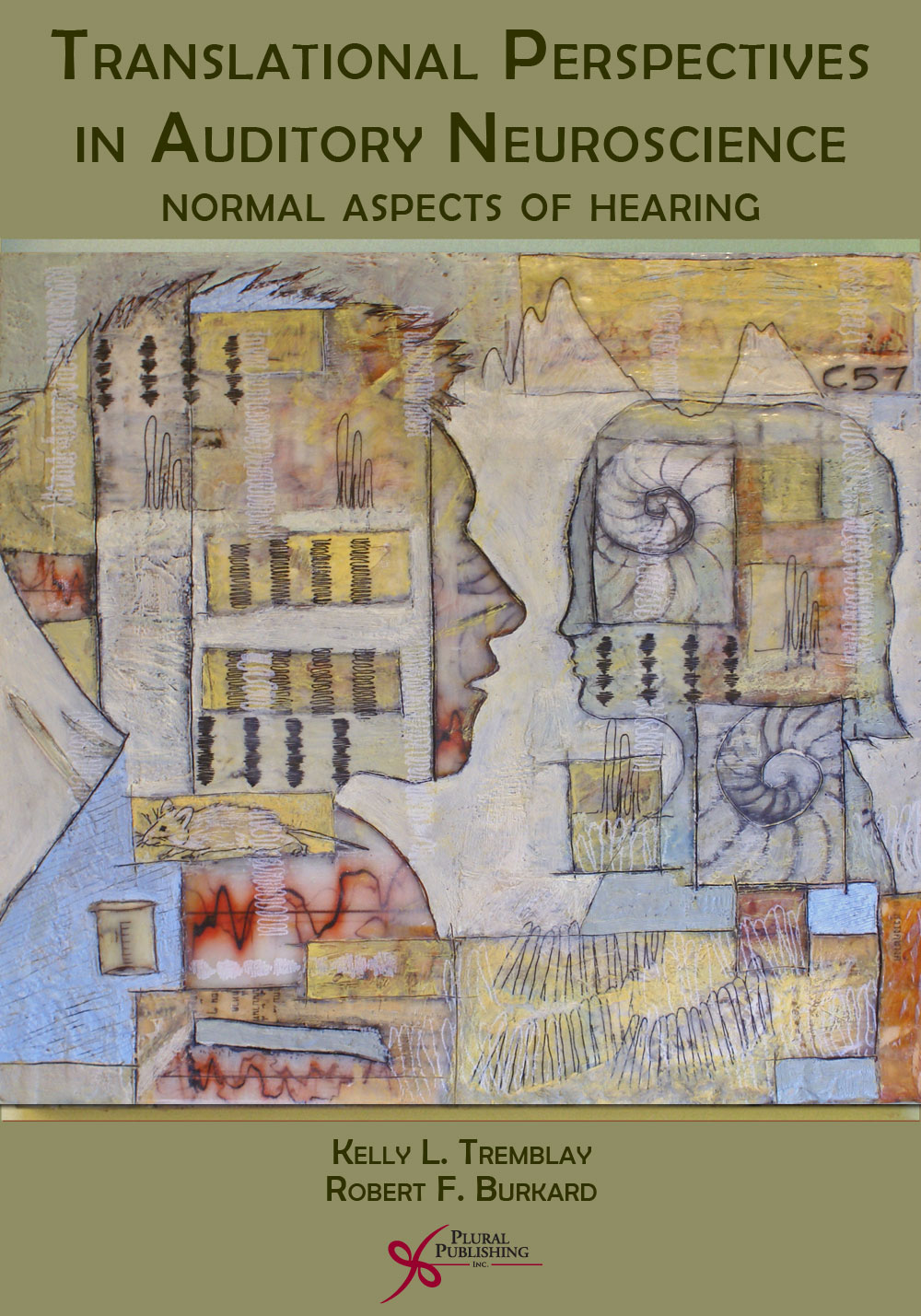
Translational Perspectives in Auditory Neuroscience: Normal Aspects of Hearing
First Edition
Kelly Tremblay, Robert F. Burkard
Details: 488 pages, Full Color, Hardcover, 8.5" x 11"
ISBN13: 978-1-59756-202-7
© 2012 | Available
For Instructors
Purchase
Normal Aspects of Hearing is the first book in a three-book series focused on Translational Perspectives in Auditory Neuroscience.
The book starts out with a chapter on acoustics, and the rest of the book focuses on the anatomy and physiology of the peripheral and central auditory systems in a rather traditional manner: from caudal through rostral levels, ending with the descending auditory system. Note that these chapters, for the most part, review topic areas that are best considered basic research and are not translational in nature. However, the final section attempts to tie perception to the underlying physiologic responses, and chapters are parsed into stimulus factors (such as intensity, frequency, binaural stimulation, and complex sounds).
The second book in the series is Hearing Across the Life Span - Assessment and Disorders.
The third book in the series is Special Topics and provides "translational" perspectives on current topics in hearing science.
Reviews
"The highlight of this book is the stellar array of authors chosen to write chapters. Each is a world-renowned scientist and noted expert in the domains of audiology, auditory neuroscience, biology, and/or engineering and each has dominated their respective topic areas for many years and for the majority, have decades of research leadership. The editors have succeeded admirably in their selection of authors and topical material. As a result, this book solidifies the knowledge base contained in these various areas and allows the readership to thoroughly enjoy and learn from the science contained therein. The majority of chapters are supplemented by original figures; most of which are well planned out, beautifully executed, and for the most part, easy to follow. With respect to the chapters on anatomy and physiology written by Professors Rosowski, Harrison, May, Guinan, Møller, Brugge and the other notable contributors, what comes to mind is elegant science combined with comprehensive descriptions, theoretical accounts, and when appropriate, clinical perspectives. Fortunately for us, the authors of these chapters do not disappoint; this is the type of excellent science writing that will endure the test-of-time and no doubt, will evolve into classic works that will set the standard for many years to come. In sum, this book is a state-of-the-art review of normal auditory processes in the areas of anatomy, physiology, and perception. It is a must-read for graduate students in audiology, psychology, and neuroscience; and for medical students and residents in Neurology, Pediatrics, Otolaryngology, and Neurosurgery, and engineers interested in this topic. It is now on my bookshelf and I plan to use it extensively for many years to come. The editors should be congratulated on their thoughtful and well-balanced exposé on auditory neuroscience. The authors of the individual chapters are also praiseworthy in terms of their clear presentations and comprehensive coverage of their respective topics. Overall, the authors continue to execute at a high level; as would be expected from scientists of their caliber."
—Anthony T. Cacace, PhD, Communication Sciences and Disorders, Wayne State University, in the International Journal of Audiology (November 2014)
Contents
1. Introduction
Kelly Tremblay and Robert Burkard
2. Physics of Sound
Robert Burkard and Kathleen McNerney
Section I —Anatomy and Physiology
3. Peripheral Anatomy and Physiology-Outer and Middle Ear
John Rosowski
4. Anatomy and Physiology of the Cochlea
Robert V. Harrison
5. Peripheral Anatomy and Physiology
Laurel H. Carney
6. Central Anatomy and Physiology-Cochlear Nuclei
Aage Moller
7. The Superior Olivary Complex
Shigeyuki Kuwada and Tom C. T. Yin
8. The Lateral Lemniscus and Inferior Colliculus
Bradford J. May
9. The Medical Geniculate Body
Edward L. Bartlett
10. Auditory Cortex-Anatomy and Physiology
John F. Brugge
11. Efferent System
John J. Guinan, Jr.
Section II —Functioning Systems: Physiological Correlates of Perception
12. Perceptual Correlates of Frequency Coding in the Auditory System
Andrew J. Oxenham and Magdalena Wojtczak
13. Intensity Coding Throughout the Auditory System
Michael G. Heinz
14. Binaural Hearing, Sound Localization, and Spatial Hearing
G. C. Stecker and F. J. Gallun
15. Complex Sound Encoding-Vowels and Consonants
Donal G. Sinex
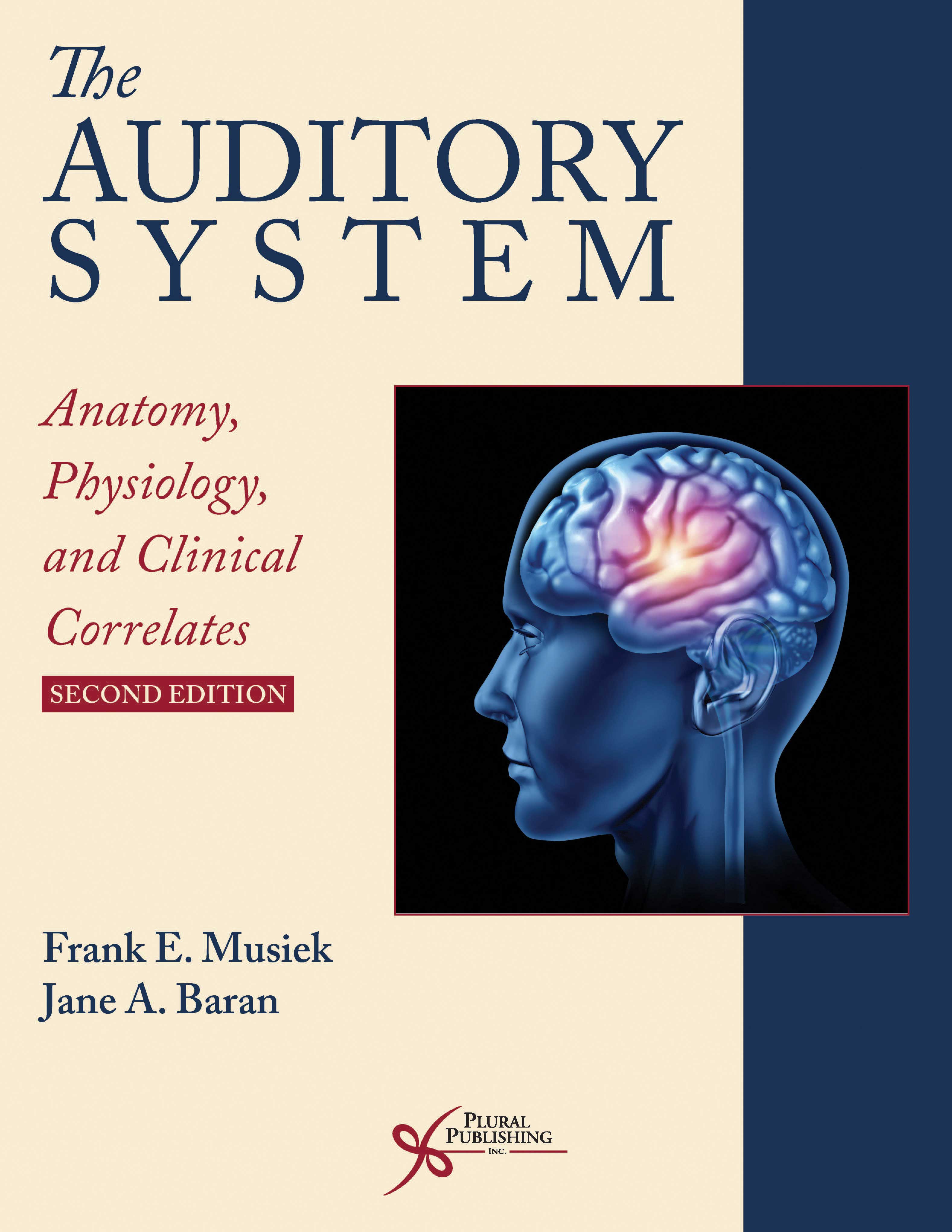
The Auditory System: Anatomy, Physiology, and Clinical Correlates
Second Edition
Frank E. Musiek, Jane A. Baran
Details: 487 pages, Full Color, Hardcover, 8.5" x 11"
ISBN13: 978-1-94488-300-3
© 2020 | Available
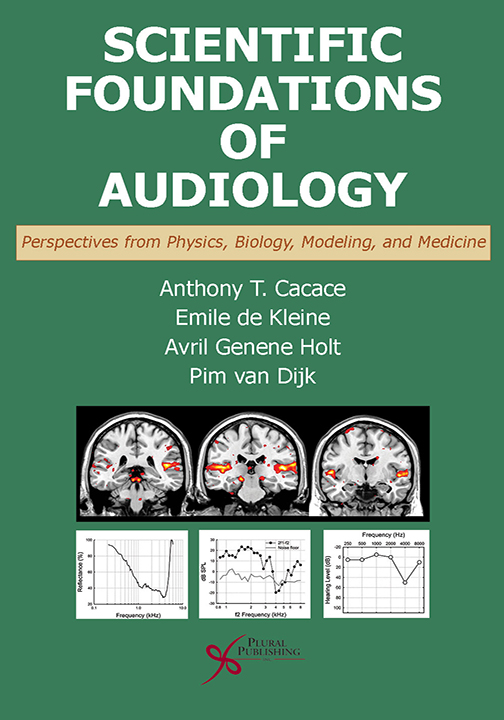
Scientific Foundations of Audiology: Perspectives from Physics, Biology, Modeling, and Medicine
380 pages, B&W, Hardcover, 7" x 10"
Anthony T. Cacace, Emile de Kleine, Avril Genene Holt, Pim van Dijk
Details: 380 pages, B&W, Hardcover, 7" x 10"
ISBN13: 978-1-59756-652-0
© 2016 | Available
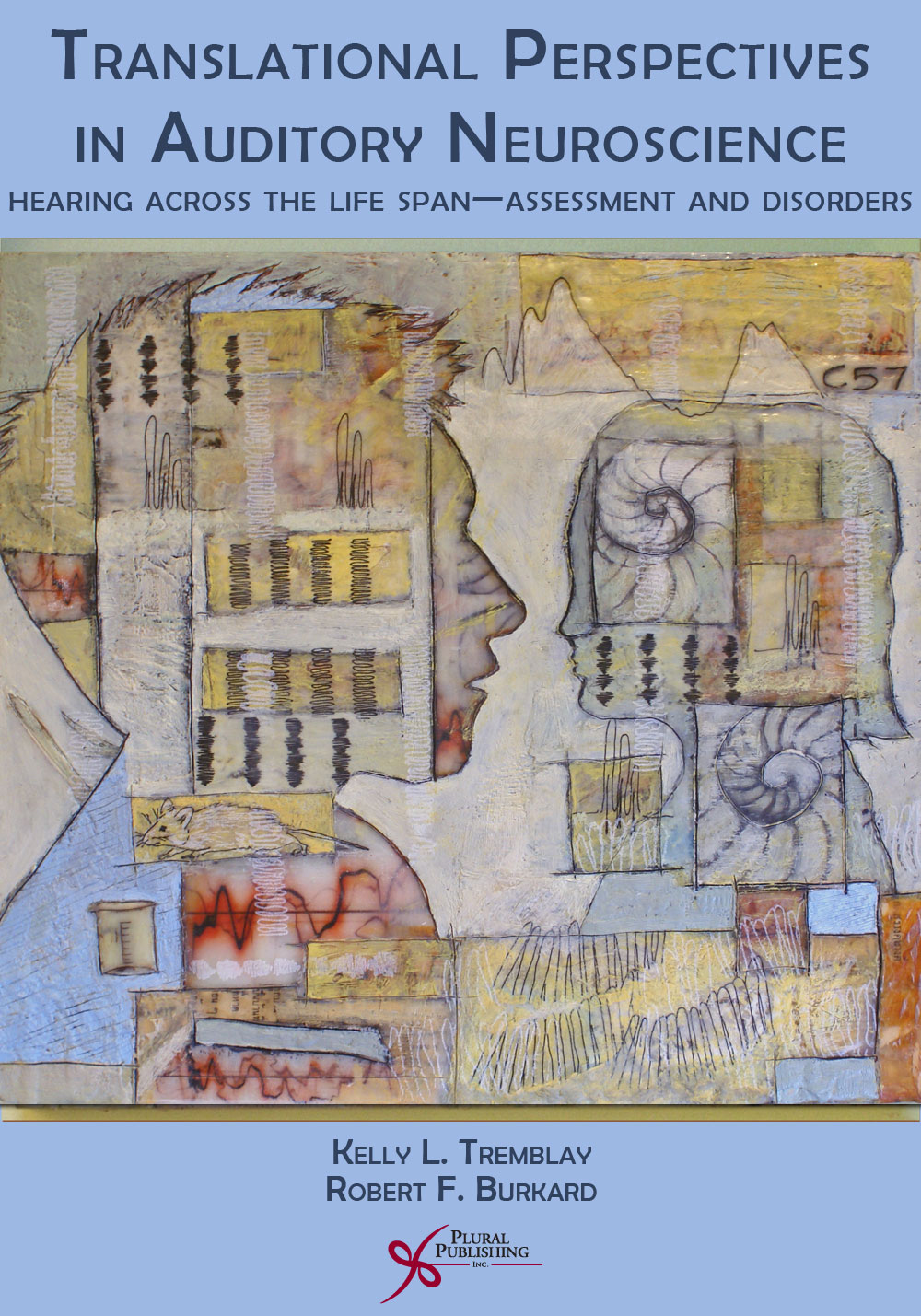
Translational Perspectives in Auditory Neuroscience: Hearing Across the Life Span - Assessment and Disorders
First Edition
Kelly Tremblay, Robert F. Burkard
Details: 336 pages, Full Color, Hardcover, 8.5" x 11"
ISBN13: 978-1-59756-467-0
© 2012 | Available
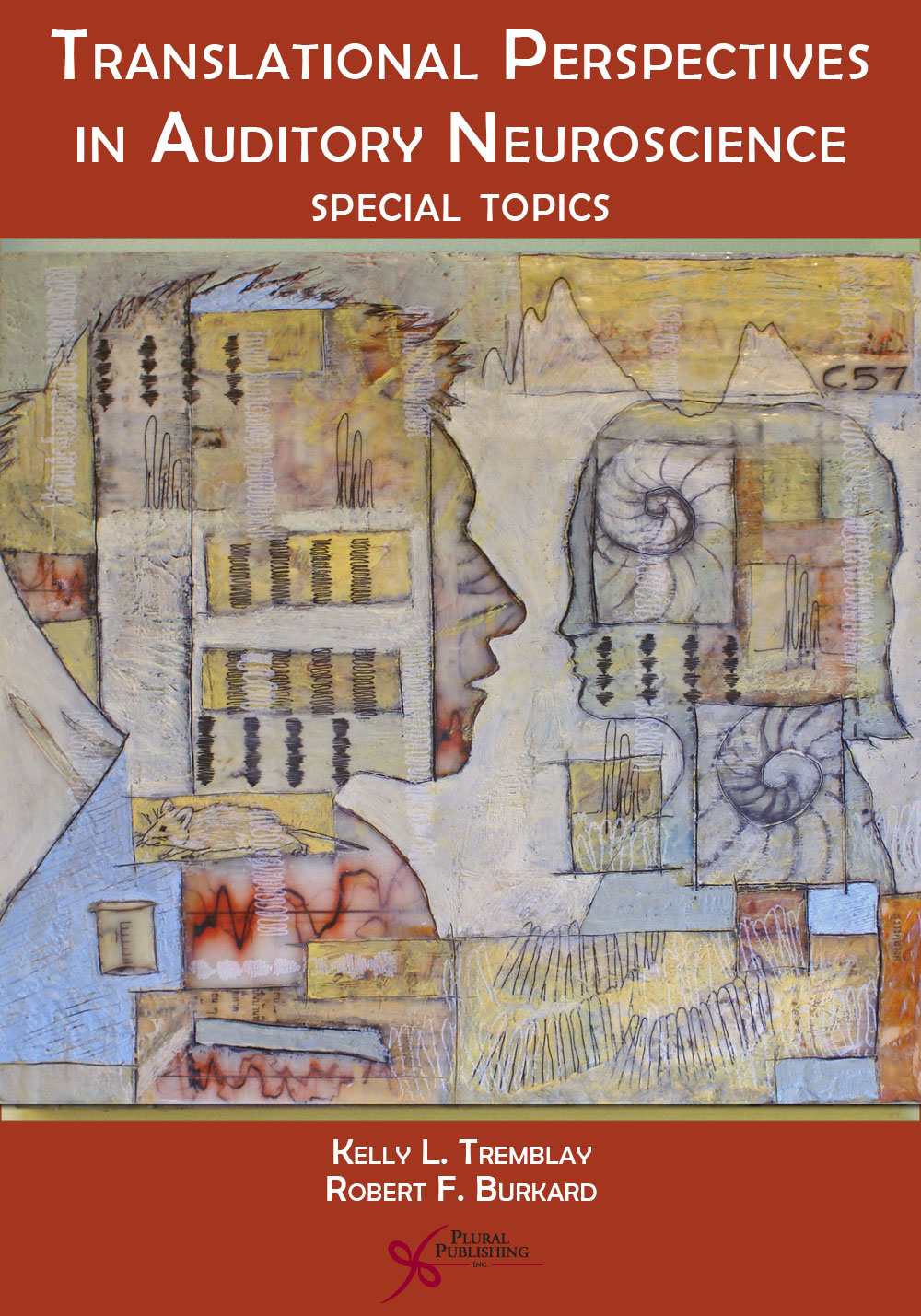
Translational Perspectives in Auditory Neuroscience: Special Topics
First Edition
Kelly Tremblay, Robert F. Burkard
Details: 216 pages, Full Color, Hardcover, 8.5" x 11"
ISBN13: 978-1-59756-468-7
© 2012 | Available
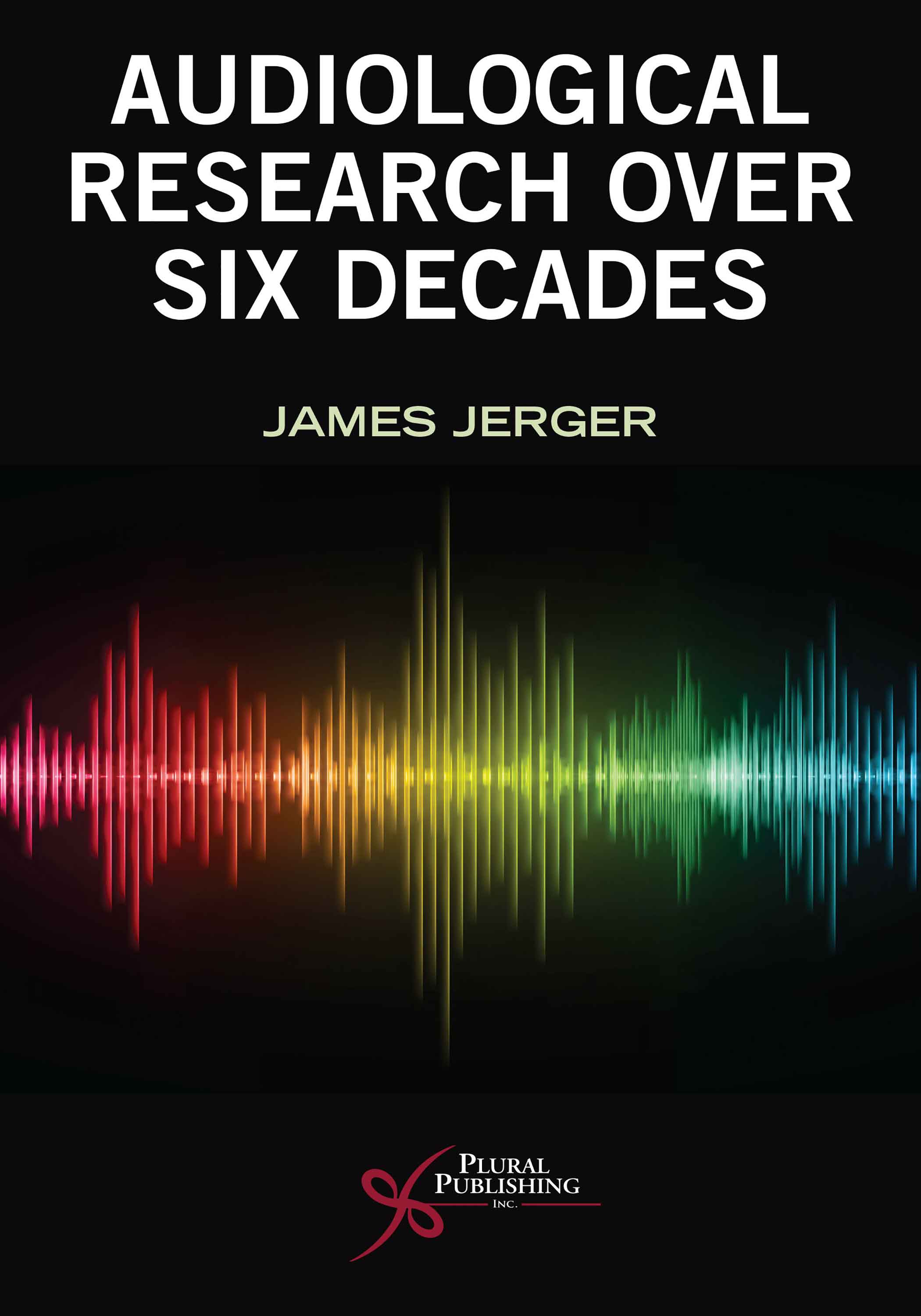
Audiological Research Over Six Decades
First Edition
James Jerger
Details: 195 pages, B&W, Softcover, 6" x 9"
ISBN13: 978-1-63550-370-8
© 2022 | Available
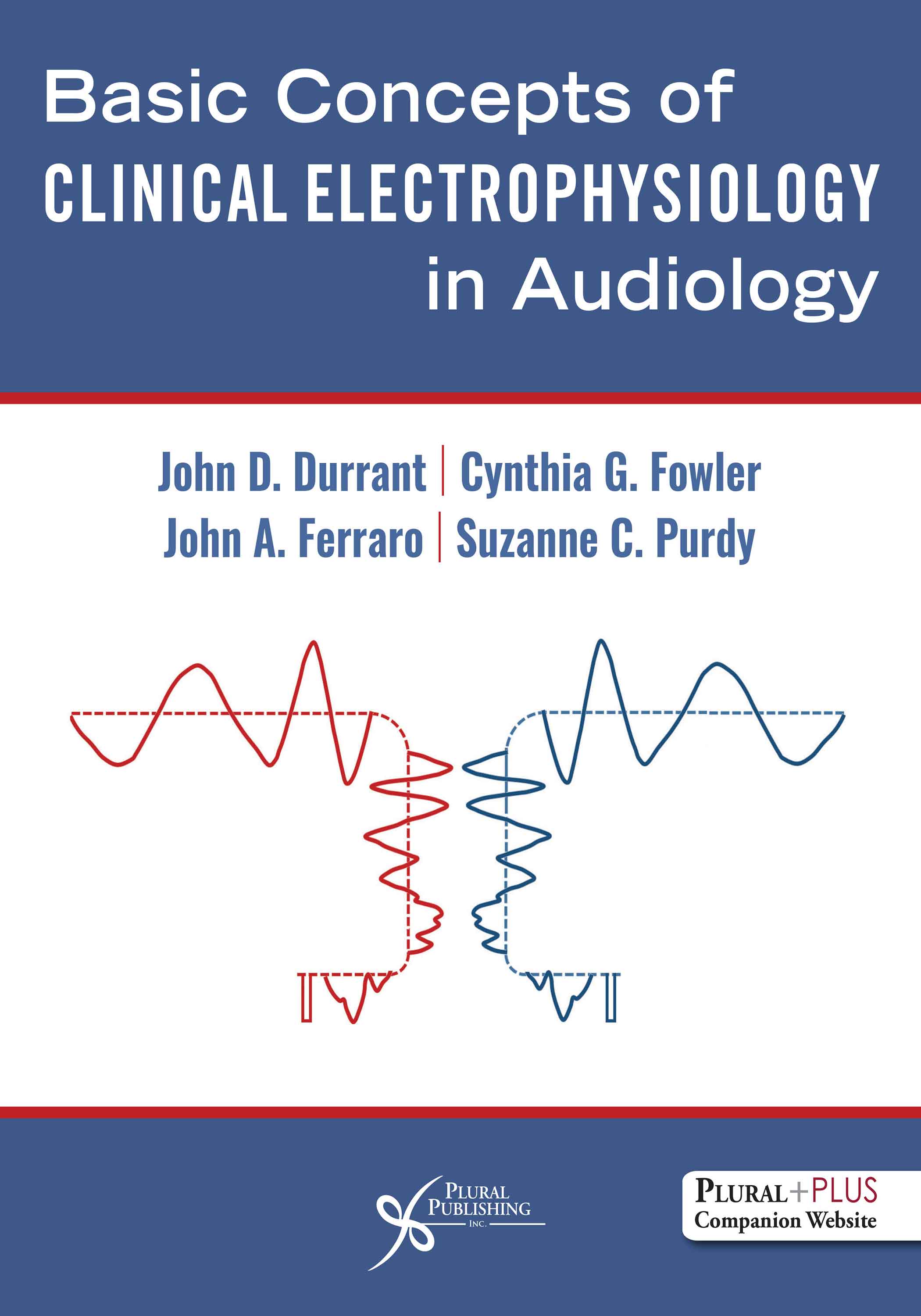
Basic Concepts of Clinical Electrophysiology in Audiology
First Edition
John D. Durrant, Cynthia G. Fowler, John A. Ferraro, Suzanne C. Purdy
Details: 475 pages, B&W, Hardcover, 8.5" x 11"
ISBN13: 978-1-63550-175-9
© 2023 | Available
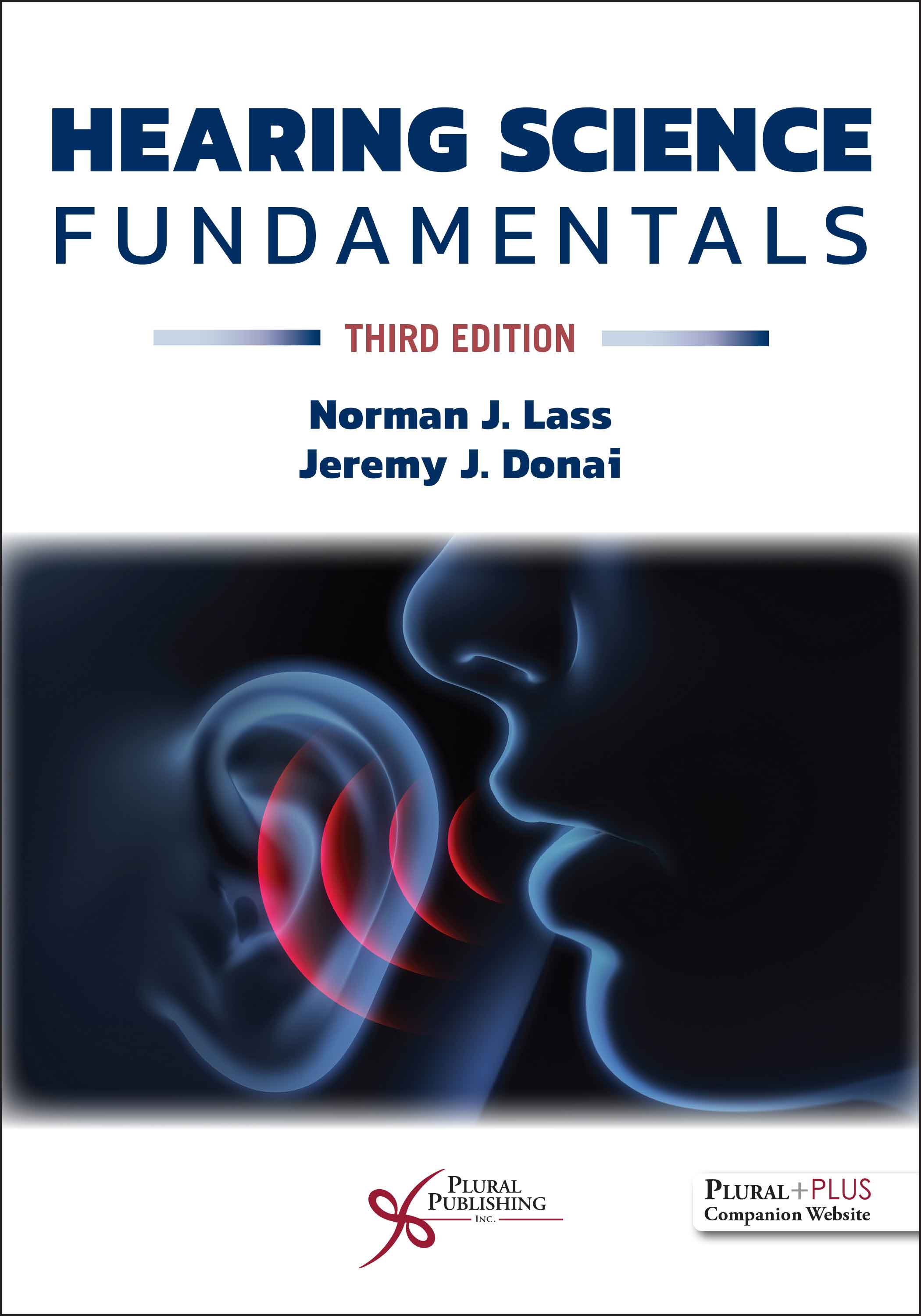
Hearing Science Fundamentals
Third Edition
Norman J. Lass, Jeremy J. Donai
Details: 374 pages, 2-Color, Softcover, 7" x 10"
ISBN13: 978-1-63550-772-0
© 2026 | Available
